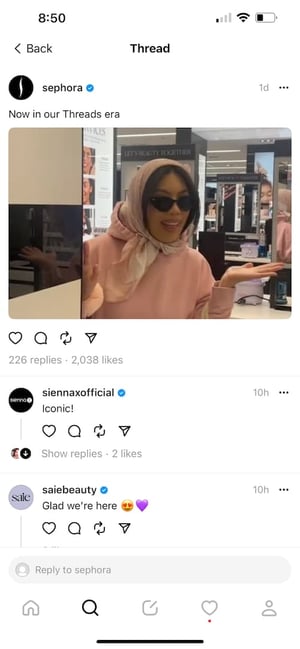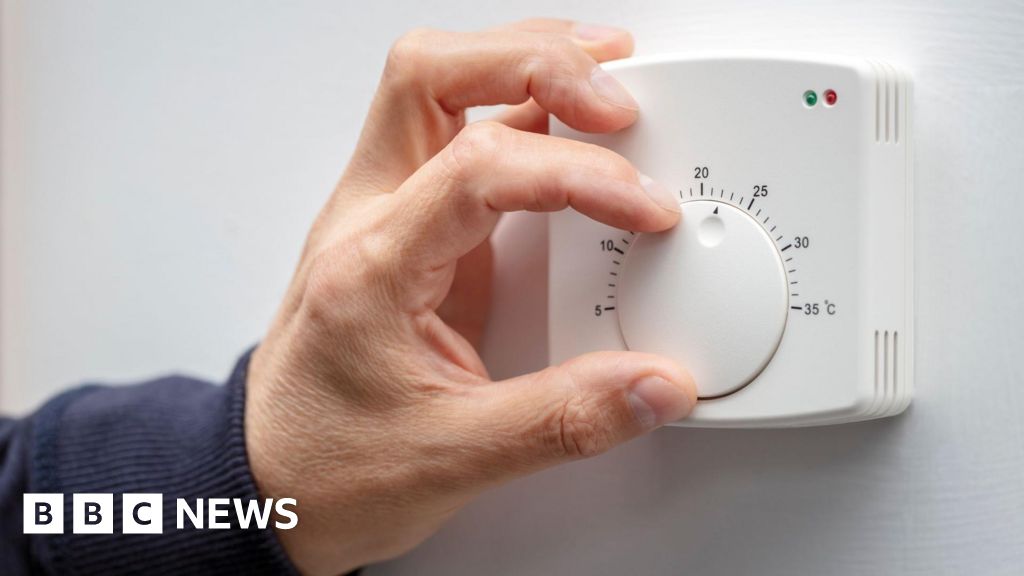Since getting purchased by Elon Musk, Twitter has been in a highly-publicized tailspin.
Between staff cuts, unpopular feature changes, public disputes with reputable media entities, and declining traffic and ad revenue, the platform has had a tumultuous year.
One thing Twitter hasn’t had to deal with in its 17-year history is direct competition. While there are plenty of other popular social media platforms, they all serve different purposes.
Instagram, traditionally a photo-based app, is a place to share visual content. Facebook is for communicating with people you already know and engaging in groups. TikTok has a unique hybrid of video and audio content for entertainment. YouTube focuses strictly on video. But Twitter was the only major platform offering real-time text updates and microblogs from a variety of sources all in one feed.
Until now.
![Download Now: The 2023 State of Social Media Trends [Free Report]](https://no-cache.hubspot.com/cta/default/53/3dc1dfd9-2cb4-4498-8c57-19dbb5671820.png)
The introduction of daily limits created a sense of urgency for frustrated Twitter users who don’t want to pay for a Twitter Blue subscription to find an alternative. While apps like Mastadon and Bluesky have been on the scene, barriers to entry have prevented Twitter users from migrating to these apps en masse. However, over the past few weeks, a few new standouts have emerged.
Spill: A Black-Owned Twitter Alternative
Spill, a visual-based conversational platform where users can share GIFs and images with up to 90 characters of text overlay, was created by two former Twitter employees. It launched in June 2023 and is currently invite-only for iPhone users. Popular among Black Twitter users, Spill was the top-downloaded free social media app in the app store at the beginning of July.
.jpg?width=300&height=637&name=Spill%20(1).jpg) Image Source: Spill
Image Source: Spill
With larger font and image-based posts, the app’s feed is more reminiscent of Tumblr than Twitter. Because of the shorter character limits, posts have to be more concise keeping conversations moving fairly quickly.
Though Spill has gained some initial momentum, its early-stage exclusivity doesn’t give us a full picture of how the app will perform at scale.
Then Came Threads, Meta’s Twitter Alternative
Zuckerberg did what he does best, launching a Twitter look-alike app called Threads under the Meta umbrella. So far, audiences are into it — in just under a week, Threads has racked up over 100 million users.
 Image Source: Threads
Image Source: Threads
While crossing the 100 million user mark in under a week is quite impressive, it’s worth noting the app’s clear integration with Instagram played a huge role in its early success. To join Threads, users must have an active Instagram account. They can log in with their Instagram credentials, and their same username, bio, and followers are imported into threads.
The interface of Threads looks very similar to Twitter. The platform encourages conversational posts that can have up to 500 characters. One major difference between Twitter and Threads is the latter’s effort to de-center conversations related to politics and polarizing topics in hopes of creating a more positive user experience (though that may be hard to do as we get closer to major elections).
Now that Threads has launched, a few questions that come to mind are:
- How will the user experience of the app change as advertising enters the mix?
- So far, the Threads launch has been technically smooth, scaling to 100 million users without any major glitches or hiccups. But if we face another #InstagramDown situation, will Threads go down with it?
- While Threads has been able to quickly acquire users, will it be able to retain them?
- Spill feels like a good place to build niche communities through sharing meme-worthy content.
- Threads is better for creating text-based posts to cross-post on Instagram (which is full of Twitter screenshots).
- Threads appears to be the stronger platform for marketers, brands, and content creators who never found their footing with Twitter because they can start with a built-in audience. Allowing their same followers to gain text-based insights into their content can be great for conversation beyond Instagram DMs and overall brand-building.
And most importantly…
Will Spill or Threads fully replace Twitter?
After spending time on both platforms, here’s my general assessment:
While Threads may not fully “replace” Twitter, it’s the best contender for those who are more interested in discourse than visuals. With the launch of Threads, traffic to Twitter has taken a noticeable dip though it’s still too soon to tell how the launch of new competitors will impact Twitter in the long run.

Credit: Source link










